How to Choose the Right UV System: Understanding the Role of UV Dose
Ultraviolet (UV) systems are widely used in water treatment, but selecting the right one isn’t just a matter of size or brand. One of the most important – and often overlooked – parameters is the UV dose.
I sistemi UV sono molto usati per la disinfezione dell’acqua, ma scegliere quello giusto richiede più attenzione di quanto si pensi. Un parametro spesso sottovalutato è la dose UV.
UV Dose: What It Really Means
UV dose refers to the total energy delivered by UV light to microorganisms as water flows through a reactor. It’s measured in millijoules per square centimetre (mJ/cm²), and it determines how effectively pathogens are inactivated.
La dose UV indica l’energia che la luce ultravioletta trasferisce ai microrganismi durante il passaggio dell’acqua nel reattore. Si misura in millijoule per centimetro quadrato e rappresenta l’efficacia della disinfezione.
Different organisms require different levels of UV dose. Some bacteria are neutralised with low doses, while others, such as viruses or protozoa, need more exposure. That’s why designing a UV system without considering the correct dose can lead to underperformance or wasted energy.
Non tutti i patogeni reagiscono allo stesso modo alla luce UV: alcuni si disattivano facilmente, altri richiedono dosi più elevate. Sottovalutare questo aspetto può portare a impianti inefficaci o sovradimensionati.
The Formula Behind It
The UV dose can be calculated with a simple formula:
UV Dose = UV Intensity × Exposure Time
Where intensity is the power of the lamp (mW/cm²) and time is how long the water is exposed (seconds).
La formula è semplice: Dose UV = Intensità × Tempo di esposizione. L’intensità è la potenza della lampada, il tempo dipende dalla portata dell’acqua.
Let’s say a lamp emits 30 mW/cm², and the water is exposed for 10 seconds. The dose would be 300 mJ/cm² — a level that ensures inactivation for many common pathogens.
Ad esempio: una lampada da 30 mW/cm² con un’esposizione di 10 secondi produce una dose di 300 mJ/cm², sufficiente per inattivare molti patogeni.
UV Dose vs. UV Intensity: Not the Same Thing
It’s easy to confuse these two concepts, but they play very different roles. Intensity is the “strength” of the UV light at a given point. The dose is the amount of energy that actually reaches the microorganisms over time.
L’intensità UV è la potenza istantanea della luce. La dose, invece, tiene conto anche della durata dell’esposizione ed è ciò che conta davvero per disattivare i microrganismi.
A system with high intensity can reach the required dose faster, which is useful when dealing with high water flow.
Un sistema ad alta intensità raggiunge la dose necessaria più velocemente, ed è ideale per impianti con portate elevate.
Choosing a UV System: What to Consider
Designing an effective UV system involves considering factors beyond just flow rate or volume. Here are a few key aspects to evaluate:
🎯 The Target Organism
Different pathogens require different doses. Your system should be tailored to the most resistant microorganisms you want to eliminate.
Ogni patogeno ha la sua sensibilità alla luce UV: bisogna scegliere il sistema in base al microrganismo più difficile da trattare.
💧 Water Quality & UVT%
UV transmittance (UVT%) indicates the percentage of UV light that can pass through your water. Low UVT = lower performance unless compensated.
La trasmittanza UV misura quanto la luce penetra nell’acqua. Più l’acqua è torbida, più difficile sarà la disinfezione.
🔄 Flow Rate & Contact Time
High flow means less exposure time. You’ll need a more intense system or a longer reactor chamber.
Portate elevate richiedono lampade più potenti o reattori più lunghi, altrimenti la dose non sarà sufficiente.
⚡️ Energy Efficiency
Efficiency matters. A good system delivers the right dose without unnecessary power consumption.
Un sistema ben progettato garantisce la dose richiesta senza sprecare energia: attenzione ai consumi a lungo termine.
🔁 Flexibility & Dose Pacing
Select a system that adjusts UV intensity in real-time (dose pacing). It optimises performance while saving energy when full power isn’t needed.
Sistemi con regolazione automatica della dose permettono di risparmiare energia quando le condizioni dell’acqua migliorano.
✅ Compliance & Certification
Ensure the system complies with international standards (e.g., DVGW, NSF). Especially important for food-grade and public sector applications.
Controlla che il sistema sia certificato secondo le normative del settore: è un requisito indispensabile per impianti pubblici o alimentari.
Final Thoughts
Understanding UV dose is the first step toward choosing the right UV disinfection system. It ensures that your setup is efficient, effective, and adapted to your real needs.
Conoscere la dose UV è il primo passo per scegliere un impianto di disinfezione efficace. Solo così si può bilanciare performance, efficienza energetica e costi nel lungo periodo.
👉 Need help identifying the right system for your project?
Contact us – our technical team will guide you through the options based on your water profile and disinfection goals.
Vuoi una consulenza per il tuo impianto? Scrivici: analizziamo insieme i parametri dell’acqua e ti proponiamo la soluzione più adatta.
